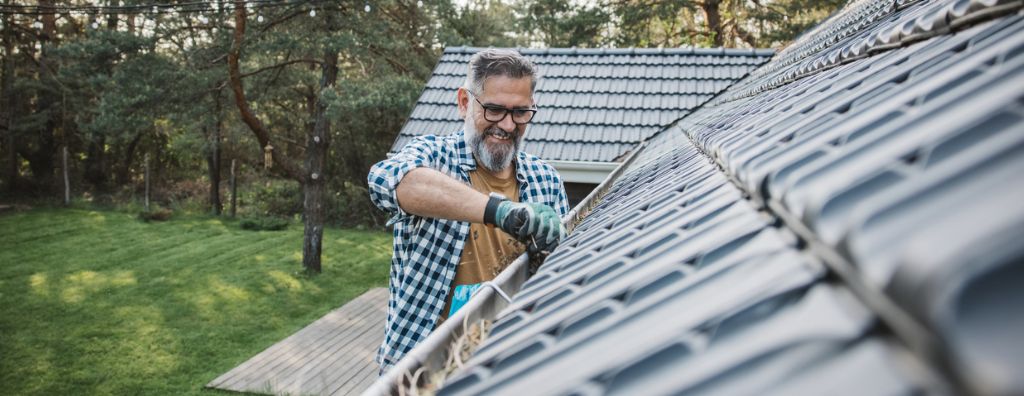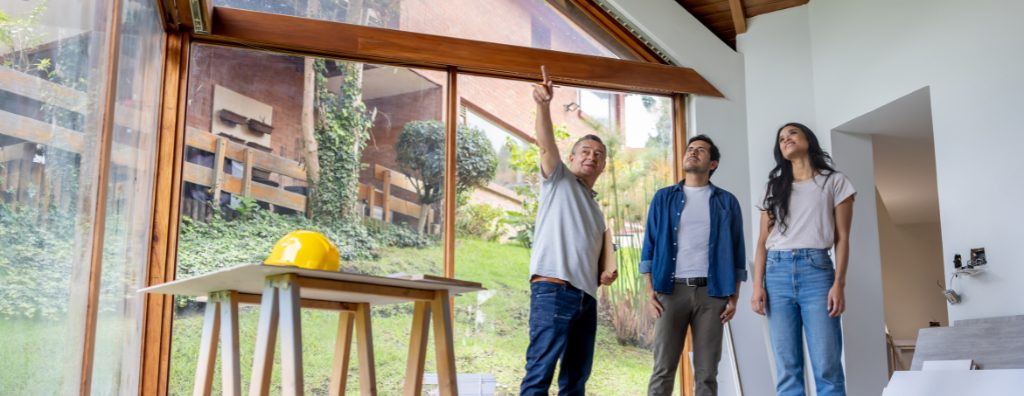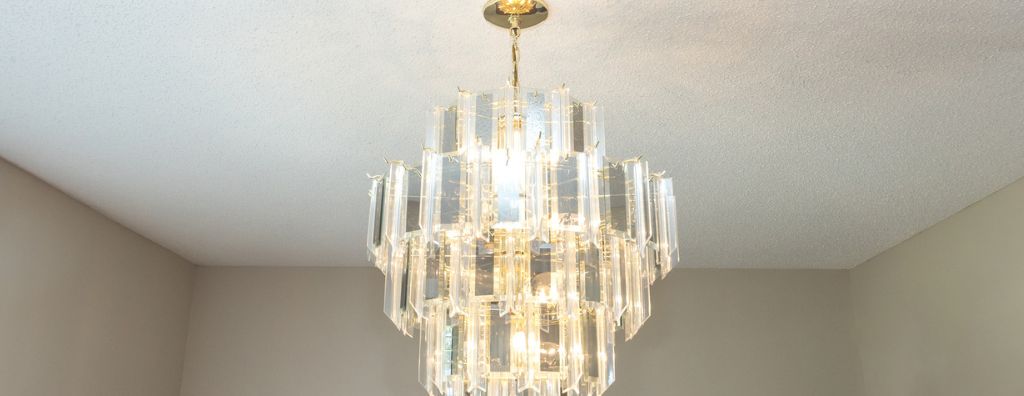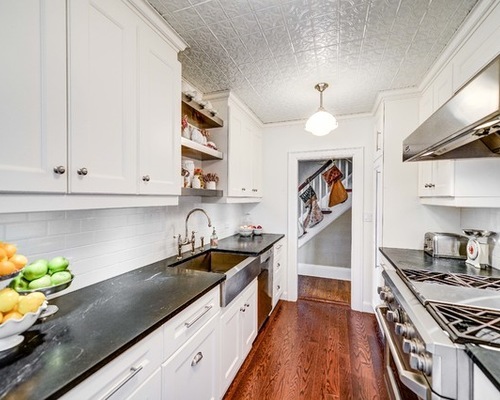For more than 20 years, the benefits of home staging have been well documented. Countless studies have shown that staging helps homes sell more quickly, and often for a higher price. According to the National Association of REALTORS®, 30 percent of agents reported that staging led to a 1 to 10 percent increase in the dollar value offered by buyers, and nearly half of sellers’ agents said staging helped reduce the time on market. Studies also indicate that buyers can generally decide if they’re interested within the first 30 seconds of seeing a home.
Staging is all about creating a welcoming, move-in-ready atmosphere. It helps buyers picture themselves in the space, highlights your home’s best features, and minimizes anything that might distract from its potential. From small styling updates to full furniture placement, staging can make a big difference in how your home is perceived and how it performs on the market.
If you’re planning to sell, here’s why staging is still one of the smartest strategies you can use and how to make the most of it.
A Strong First Impression Starts Online
In 2023, the National Association of REALTORS® Generational Trends Report revealed that 96 percent of buyers now rely on the internet to search for their next home. And in a market where most buyers begin their home search online, how your home looks and feels from the start has never been more important. Your online photos, videos, and virtual tours should make buyers want to see more. Staging helps make that possible by photographing better, helping rooms look more spacious and inviting, and encouraging buyers to take the next step.
Thanks to newer tools like virtual staging and AI design platforms, sellers have more options than ever to enhance their home’s online presence. These can be especially helpful for vacant homes or spaces that are difficult to define, giving buyers a sense of scale, purpose, and warmth before setting foot in the front door.
What Rooms Matter Most?
Not every room in your home needs to be staged, but some have more influence on buyers than others. 37 percent of buyer’s agents say that the living room is the most important room to stage, followed by the primary bedroom at 34 percent, and the kitchen at 23 percent. These are the spaces where people imagine themselves spending the most time, relaxing, hosting, and settling into daily life.
Staging can also be especially helpful in vacant rooms or uniquely shaped rooms. A few well-placed pieces of furniture can help define how the space might be used and create a natural flow from room to room. When these rooms feel welcoming and well put together, buyers are more likely to see the home as a fit for their lifestyle. A little extra effort in the right spaces can go a long way toward making that connection.
Clear, Clean, and Clutter-Free
To further inspire buyers to imagine the space as their own, make sure every room—including closets and the garage—is clean and clutter-free. You may even want to hire professionals to give your home a thorough deep clean.
Family photos, personal memorabilia, and collectibles should be removed from the home for your safety. Closets, shelves, and other storage areas should be mostly empty. Workbenches should be free of tools and projects. Clear the kitchen counters, store non-necessary cookware, and remove magnets from the refrigerator door.
The same goes for furniture. If removing a chair, a lamp, a table, or other furnishings will make a particular space look larger or more inviting, then do it.
You don’t want your home to appear cold, unloved, or unlived-in, but you do want to remove distractions and provide prospective buyers with a blank canvas of sorts. Plus, de-cluttering your home now will make it that much easier to pack when it comes time to move.
Neutralize and Brighten
Every home is a personal expression of its owner. But when you become a seller, you’ll want to look for ways to make your home appeal to your target market. Keep in mind, your target market is the group of people most likely to be interested in a home like yours, which your agent can help you determine.
A good strategy for staging your home is to “neutralize” the design of your interior. A truly neutral interior design allows people to easily imagine their own belongings in the space—and to envision how some simple changes would make it uniquely their own.
Paint over bold wall colors with something more neutral, like a light beige, warm gray, or soft brown. The old advice used to be, “paint everything white,” but often that creates too sterile an environment, while dark colors can make a room look small, even a bit dirty. Muted tones and soft colors work best. Likewise, consider removing wallpaper if it’s a bold or busy design.
Lighting is key. Replace heavy, dark curtains with neutral-colored sheer versions; this will soften the hard edges around windows while letting in lots of natural light. Turn on lamps, and if necessary, install lighting fixtures to brighten any dark spaces—especially the entry area.
A Smart Investment with Lasting Impact
Staging is a powerful advantage when selling your home, but that’s not the only reason to do it. Staging uncovers problems that need to be addressed, repairs that need to be made, and upgrades that should be undertaken. Staged properties are more inviting, and that inspires the kind of peace of mind that gets buyers to sign on the dotted line. In the age of social media, a well-staged home is a home that stands out, gets shared, and sticks in people’s minds.
What’s more, the investment in staging can bring a higher price. According to the National Association of REALTORS®, the average staging investment is between 1 percent and 3 percent of the home’s asking price, and typically generates a return of 8 to 10 percent.
In short, with less time on the market and higher selling prices, the small cost of staging your home is a wise investment.
Where to Start
If you’re concerned about the additional cost of staging, rest assured. Even a relatively small investment of time and money can reap big returns. There are even things you can do yourself for little to no cost. Contact your agent for advice on how to stage your home most effectively or for a recommendation on a professional stager. While the simple interior design techniques outlined above may seem more like common sense than marketing magic, you’d be surprised at how many homeowners routinely overlook them. And the results are clear: staging your house to make it more appealing to buyers is often all it takes to speed the sale and boost the sale price.
Thinking about selling your home? Connect with a Windermere agent to learn more about staging and how it can help you get the best possible results.
 Facebook
Facebook
 X
X
 Pinterest
Pinterest
 Copy Link
Copy Link





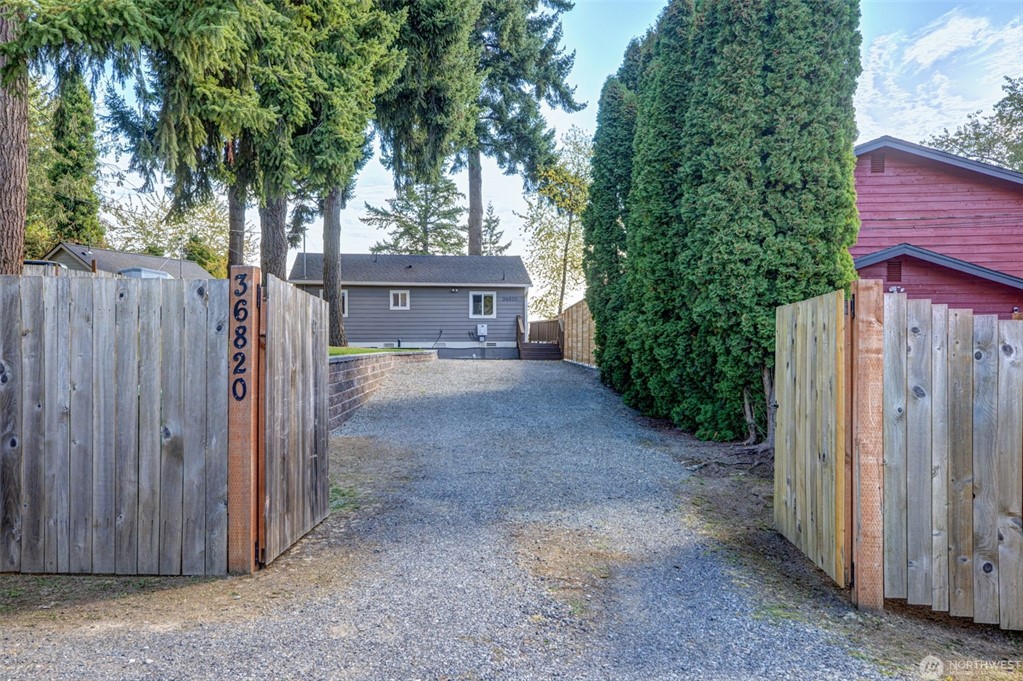








 For some home buyers, a fixer-upper is their idea of a dream home. Preparing for the process comes down to creating a plan, knowing what to look for, and understanding what financing options are available.
For some home buyers, a fixer-upper is their idea of a dream home. Preparing for the process comes down to creating a plan, knowing what to look for, and understanding what financing options are available.